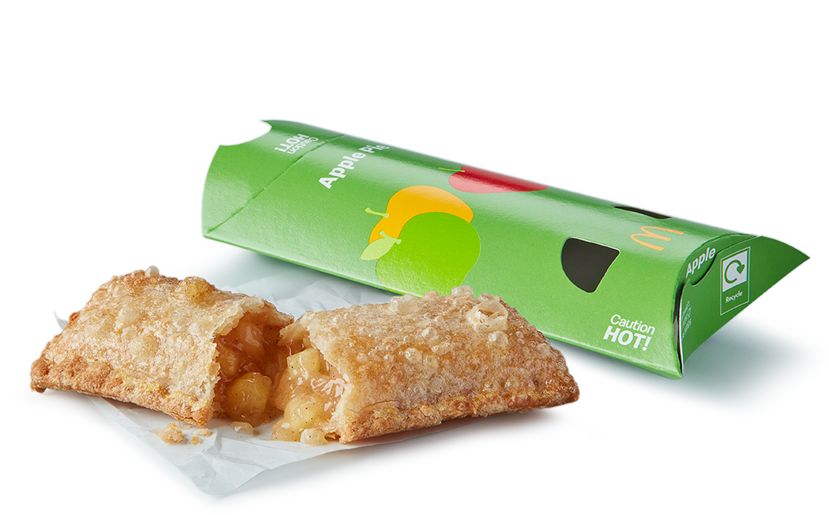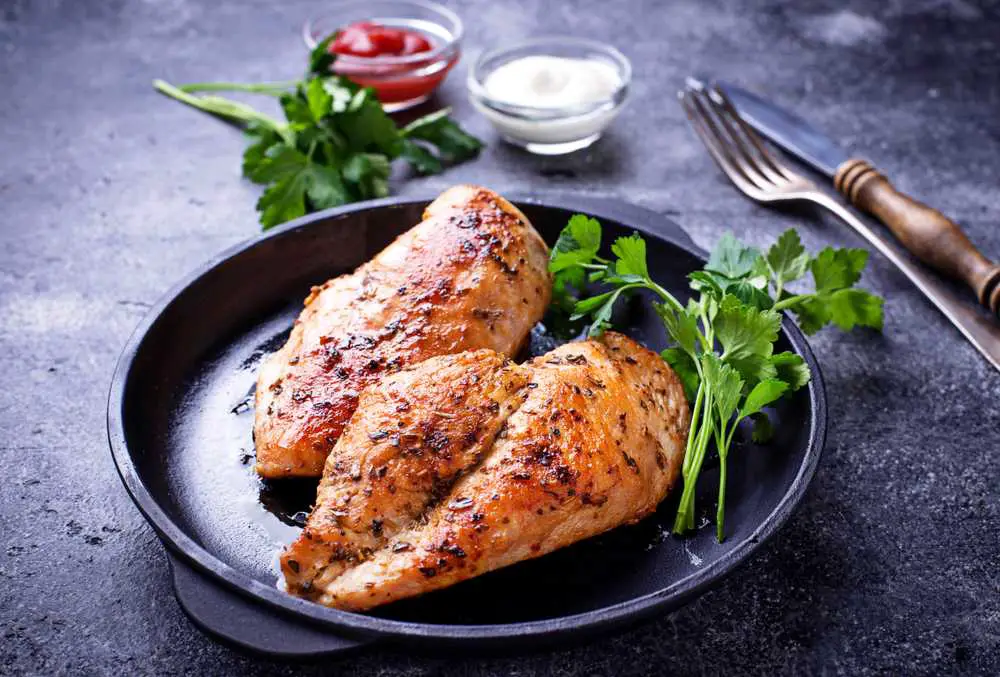There’s something undeniably satisfying about cooking a steak to perfection. The sizzle as it hits the hot pan, the aroma that fills the kitchen, and the mouthwatering taste of a perfectly seared, juicy steak – it’s a culinary experience like no other. While grilling is a popular method for cooking steak, pan-frying on the stovetop offers a convenient and delicious alternative. In this comprehensive guide, we will walk you through the steps to pan-fry the perfect steak on your stovetop, from selecting the right cut of meat to achieving your desired level of doneness.
Choosing the Right Cut of Steak
The journey to the perfect stovetop steak begins with choosing the right cut of meat. Different cuts offer different flavors, tenderness, and marbling, so it’s important to select one that suits your preferences. Here are some popular steak cuts for pan-frying:
Ribeye: Known for its rich marbling, the ribeye steak is incredibly flavorful and tender. It’s a favorite among steak enthusiasts.
New York Strip (or Strip Steak): This cut is leaner than ribeye but still boasts excellent flavor and tenderness.
Filet Mignon: Often regarded as the most tender cut, filet mignon is perfect for those who prefer a leaner option.
T-Bone and Porterhouse: These steaks feature a T-shaped bone, with one side being a strip steak and the other a tenderloin. They offer a variety of textures and flavors in a single cut.
Sirloin: The sirloin steak is a more budget-friendly option with good flavor and tenderness, though it’s typically leaner than ribeye or strip steak.
Skirt Steak and Flank Steak: These cuts are less tender but are known for their robust beefy flavor. They benefit from proper marinating and quick cooking.
Hanger Steak: This cut has gained popularity for its bold flavor and tenderness when cooked correctly.
Choose a cut that aligns with your taste preferences and budget. Remember that marbling, the presence of fat within the muscle fibers, contributes to flavor and tenderness. For a juicier and more flavorful steak, opt for cuts with good marbling.
Preparing the Steak
Once you’ve selected your preferred steak cut, it’s time to prepare it for cooking. Proper preparation ensures that your steak cooks evenly and retains its juices. Here are the steps:
Bring the Steak to Room Temperature: Take the steak out of the refrigerator and let it sit at room temperature for about 30 minutes. This allows for more even cooking.
Season Generously: Season both sides of the steak with salt and freshly ground black pepper. You can also add other seasonings like garlic powder, rosemary, or thyme for extra flavor.
Optional: Dry Brining: For even better flavor and texture, consider dry brining. Sprinkle salt on both sides of the steak and let it rest in the refrigerator for 1-2 hours or overnight. This enhances the steak’s moisture retention and tenderness.
Pat Dry: Just before cooking, use paper towels to pat the steak dry. This removes any excess moisture, allowing for a better sear.
Choosing the Right Pan
The choice of pan is crucial when pan-frying steak. A heavy-bottomed skillet, such as cast iron or stainless steel, works best because it retains and distributes heat evenly. Here’s what you should look for in a pan:
Material: Cast iron pans are a top choice for pan-frying steak due to their excellent heat retention. Alternatively, a heavy stainless steel skillet can also do the job well.
Size: Choose a pan that comfortably accommodates your steak with some space around it. Overcrowding the pan can lead to uneven cooking.
High Sides: A skillet with higher sides helps contain splattering and makes it easier to baste the steak with butter or aromatics.
Oven-Safe: If you plan to finish cooking the steak in the oven (especially for thicker cuts), make sure the pan is oven-safe.
Searing the Steak
Now, let’s dive into the cooking process. Achieving a perfect sear on the steak is crucial for flavor and texture. Here’s how to do it:
Preheat the Pan: Place the chosen skillet over medium-high to high heat. Allow it to become smoking hot. You can test the pan’s readiness by flicking a few drops of water onto its surface – if they sizzle and evaporate immediately, it’s hot enough.
Add Oil: Once the pan is hot, add a high-heat oil with a neutral flavor, such as vegetable oil, canola oil, or grapeseed oil. Swirl it around to coat the pan evenly.
Sear the Steak: Carefully place the seasoned steak in the hot skillet using tongs to avoid splatters. Let it sear without moving for about 2-3 minutes or until a golden-brown crust forms. Avoid overcrowding the pan; cook one steak at a time if necessary.
Flip and Sear the Other Side: Flip the steak using tongs and sear the other side for another 2-3 minutes. Adjust the cooking time based on your desired level of doneness (see the chart below).
Add Butter and Aromatics (Optional): For extra flavor, add a knob of butter and optional aromatics like garlic cloves and fresh herbs to the pan. Tilt the pan slightly and use a spoon to baste the steak with the melted butter and aromatics.
Check Doneness: To ensure your steak reaches the desired level of doneness, use an instant-read meat thermometer. Here are the approximate internal temperatures for various levels of doneness:
Rare: 120-130°F (49-54°C)
Medium-Rare: 130-135°F (54-57°C)
Medium: 140-145°F (60-63°C)
Medium-Well: 150-155°F (66-68°C)
Well-Done: 160°F (71°C) and above
Rest the Steak: Once the steak reaches your desired doneness, remove it from the pan and place it on a cutting board. Allow it to rest for 5-10 minutes. Resting allows the juices to redistribute and ensures a juicy steak when you cut into it.
Slice and Serve: After resting, slice the steak against the grain for maximum tenderness. Serve it with your choice of side dishes or sauces.
Achieving the Perfect Doneness
Getting the perfect level of doneness for your steak is a matter of timing and temperature control. Here’s a breakdown of the cooking times for different levels of doneness:
Rare: Sear for 2-3 minutes per side for an internal temperature of 120-130°F (49-54°C).
Medium-Rare: Sear for 2-3 minutes per side for an internal temperature of 130-135°F (54-57°C).
Medium: Sear for 3-4 minutes per side for an internal temperature of 140-145°F (60-63°C).
Medium-Well: Sear for 4-5 minutes per side for an internal temperature of 150-155°F (66-68°C).
Well-Done: Sear for 5-6 minutes per side for an internal temperature of 160°F (71°C) and above.
Remember that these are approximate guidelines, and the actual cooking time may vary depending on the thickness of the steak and the accuracy of your stovetop’s heat. Using an instant-read thermometer is the most reliable way to ensure your steak is cooked to your liking.
While a perfectly cooked steak can shine on its own, you can elevate the experience with some finishing touches:
Pan Sauce: After removing the steak, you can deglaze the pan with wine, broth, or a splash of balsamic vinegar to create a flavorful pan sauce. Reduce the liquid and whisk in some butter for a rich and savory sauce.
Compound Butter: Top your steak with a pat of compound butter before serving. Compound butter is made by mixing softened butter with herbs, spices, and other flavorings. It adds an extra layer of richness and flavor.
Garnishes: Fresh herbs, such as chopped parsley or chives, can add a burst of color and freshness to your plated steak. A sprinkle of flaky sea salt can also enhance the overall taste.
Pan-frying the perfect steak on the stovetop is a culinary skill that anyone can master with practice and attention to detail. Start by selecting the right cut of meat, preparing it correctly, and choosing the appropriate pan. Follow the searing process, paying close attention to cooking times and using an instant-read thermometer for precision. Finish your steak with optional sauces, compound butter, and garnishes to suit your taste. With these steps, you’ll be able to savor a delicious, restaurant-quality steak in the comfort of your own home. So, fire up that stovetop, and get ready to impress your taste buds and those of anyone lucky enough to join you for dinner.
Advanced Tips for Steak Perfection
While the basic steps outlined above will yield a fantastic pan-fried steak, there are some advanced techniques and tips that can take your steak game to the next level:
Reverse Searing: This technique involves cooking the steak at a low temperature in the oven before searing it on the stovetop. It ensures even doneness from edge to center and results in a beautifully caramelized crust. To reverse sear, place the seasoned steak on a wire rack over a baking sheet and cook in a low oven (250°F or 120°C) until it reaches 10-15°F below your target temperature. Then, sear it in a hot skillet for a minute or two on each side.
Sous Vide and Sear: Using a sous vide immersion circulator, you can precisely cook your steak to your desired temperature in a water bath. Afterward, give it a quick sear in a hot pan for a perfect crust. This method guarantees an incredibly tender and evenly cooked steak.
Resting the Steak: While we mentioned resting the steak earlier, it’s worth emphasizing. The longer you rest your steak, the juicier it will be. Consider tenting it with foil to keep it warm while resting.
Basting: Continuously basting your steak with butter, garlic, and herbs during the searing process can impart incredible flavor. Tilt the pan and spoon the hot butter over the steak several times.
Smoking the Steak: If you have access to a stovetop smoker or a smoking gun, you can add a smoky dimension to your steak. Smoke the steak for a few minutes before searing for a unique flavor profile.
Experiment with Rubs: Instead of just salt and pepper, try experimenting with different rubs and marinades to infuse your steak with unique flavors. Some popular options include coffee rubs, Cajun seasoning, or a simple garlic and rosemary rub.
Compound Butter Variations: Get creative with compound butter by adding ingredients like blue cheese, sun-dried tomatoes, or chipotle peppers. These butters can add a burst of complementary flavors to your steak.
Casting Iron Grill Marks: For those who love the look of grill marks, use a grill pan with raised ridges. Preheat it thoroughly and press the steak onto the ridges to achieve those classic grill lines.
Pairing Your Perfect Steak
A well-cooked steak deserves an equally impressive side dish and beverage pairing. Here are some ideas to complement your pan-fried masterpiece:
Side Dishes:
Garlic mashed potatoes
Grilled asparagus with lemon zest
Creamed spinach
Roasted Brussels sprouts with bacon
Classic Caesar salad
Sauces:
Béarnaise sauce
Red wine reduction
Chimichurri sauce
Mushroom cream sauce
Horseradish sauce
Wine Pairings:
Cabernet Sauvignon: A classic choice that pairs well with the richness of steak.
Merlot: Offers a smoother and slightly fruitier option.
Malbec: Known for its robust flavors, it complements a well-seasoned steak.
Zinfandel: A bold and spicy wine that stands up to hearty steaks.
Pinot Noir: A lighter red wine that works well with leaner cuts like filet mignon.
Beer Pairings:
Stout: The rich, roasted flavors of stout complement the charred crust of a steak.
IPA: The hoppy bitterness of an IPA can balance the richness of the meat.
Porter: Its malty sweetness pairs nicely with the caramelized sear of a steak.
Red Ale: A versatile choice that can match a wide range of steak preparations.
Pan-frying the perfect steak on the stovetop is a culinary skill that, with practice, can become a source of pride and enjoyment in your cooking repertoire. Whether you’re a seasoned home chef or just starting your culinary journey, mastering the art of pan-frying steak allows you to create restaurant-quality meals in the comfort of your own kitchen.


















